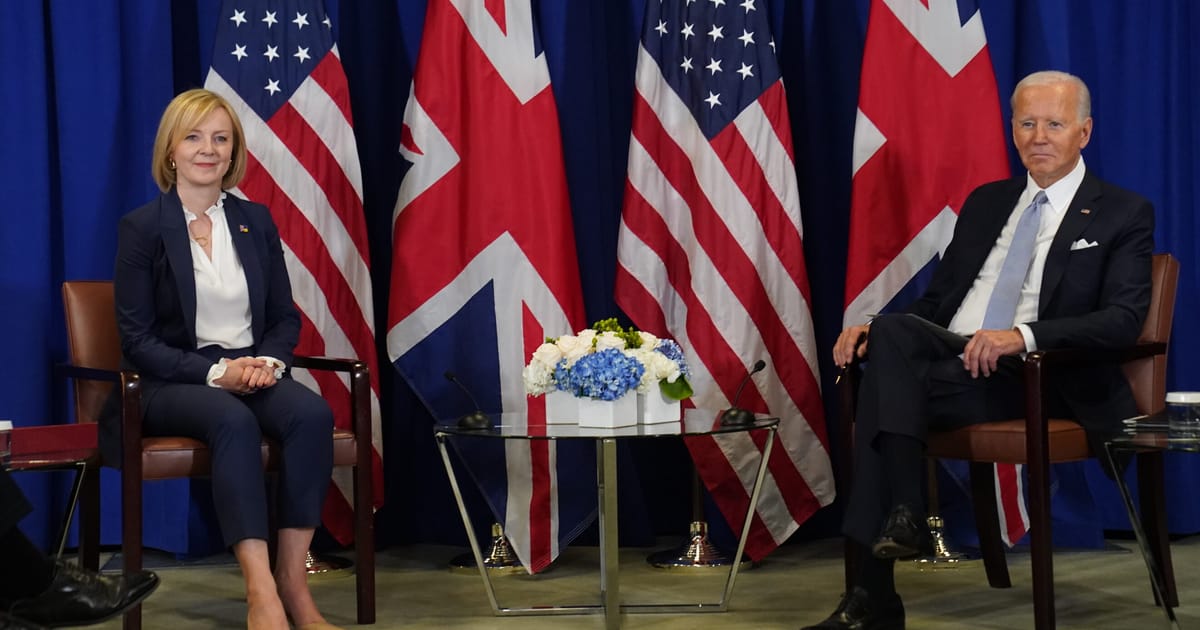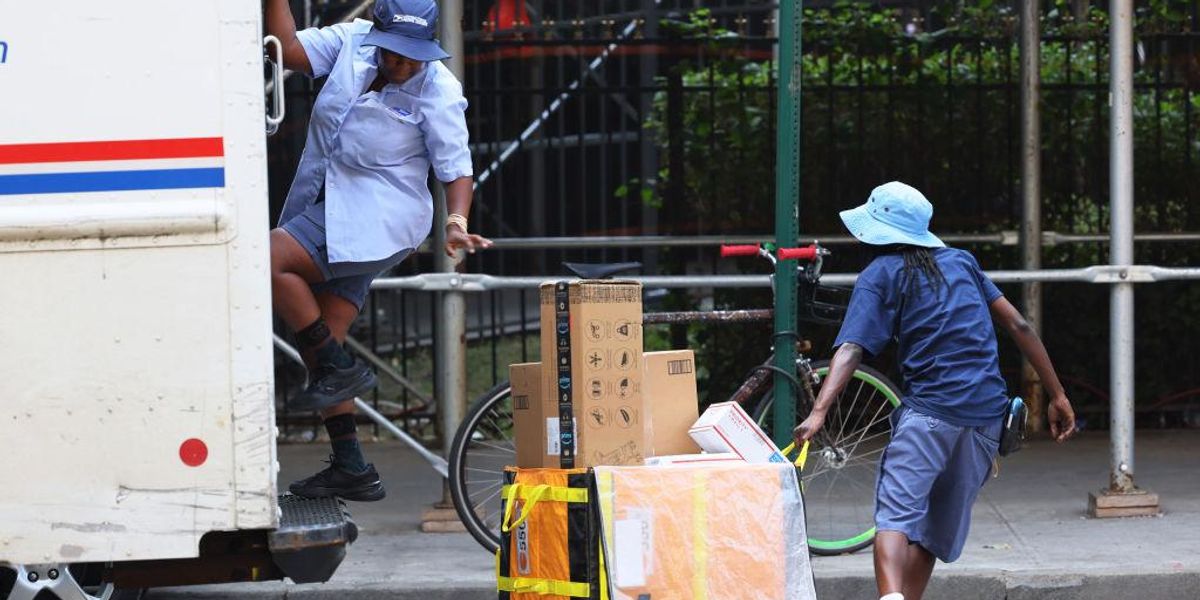As we close out September, universities across Canada are well into their new year of learning. An exciting change is underway. An increasing number of First Nations, Inuit and Métis students have enrolled in post-secondary studies.
Many universities are aware of this growing interest in post-secondary studies among Indigenous Peoples and have actively recruited from this rising demographic. In 2021, Statistics Canada reported an increase in First Nations, Inuit and Métis peoples acquiring bachelors-level degrees compared to the previous five years. Statistics Canada data also points to a promising increase in employment status for Indigenous graduates.
But the exciting trend is raising questions about what commitments universities have made to the recruitment, retention and support of Indigenous students.
It has been more than 20 years since educators and scholars Verna Kirkness and Ray Barnhardt released their seminal essay calling for universities to ensure programming is respectful, relevant, reciprocal and responsible to Indigenous students and communities.
Today, institutions must ask: How are the cultural backgrounds of Indigenous students appropriately honoured and reflected in university programming? How comfortable do Indigenous students feel within these spaces where the reconciliatory journey is a relatively new initiative?
THE CANADIAN PRESS/Ethan Cairns
Cultural safety of Indigenous students
The question of cultural safety may be particularly resonant in required core classes of content exploring Indigenous history and culture. Indigenous requirements courses (IRCs) are a relatively new endeavour for universities in Canada. Many universities have introduced IRCs, positing them as an effective response to the Truth and Reconciliation Commission of Canada’s (TRC) Calls to Action.
For example, both the University of Winnipeg and Lakehead University have introduced university-wide requirements for all undergraduate students to complete one course that focuses on Indigenous content. Trent University introduced a similar requirement in 2018.
Offering IRCs is a centralized approach. Courses can be selected from a main list drawing from several disciplinary areas.
Yet even before universities introduced IRCs, some specific areas of study such as teacher education have had faculty requirements in which students are mandated to study Indigenous content specific to their field.
Study hearing from Indigenous students
As professors with combined expertise in education, curriculum, teaching and learning, we have been collaborating in a study funded by the Social Sciences and Humanities Research Council focused around the experiences of Indigenous students enrolled in IRCs for students in education faculties or departments. The research has also included interviews with Indigenous instructors.
Our research team has learned of concerns that these courses may be particularly difficult, stressful and potentially triggering for Indigenous students who may feel scrutinized as their cultural identities are subjects of study.
We heard concerns about ensuring cultural safety — environments where both students and instructors feel respected, safe and free to express their cultural identities without discrimination.
The combination of new required Indigenous content courses, and the increase in Indigenous students enrolled in them raises concerns about how Indigenous students and faculty are being affected by course content, the approaches instructors employ and the responses of non-Indigenous students.
Non-Indigenous students’ unfamiliarity
Because these courses are required, enrolled students usually bring a wide diversity of background and experience. Many, if not most, of the students are non-Indigenous, have little to no background in Indigenous studies and are unfamiliar with Indigenous worldviews, cultures, languages and values.
These concerns are exacerbated when content in these courses reflect difficult and at times traumatic issues like the residential school system and the ongoing travesty of missing and murdered Indigenous women and girls (MMIWG). These issues may be abstract to some, but can be very closely connected to Indigenous students’ lived realities.
Cultural safety is also a concern for Indigenous instructors who teach IRCs amid ongoing anti-Indigenous racism and hostilities to decolonization.
As such, universities hold a moral obligation to ensure Indigenous cultural safety and ethical engagements are at the heart of teaching and learning within these courses.

THE CANADIAN PRESS/Ethan Cairns
Hopeful progress made
There have been a number of positive initiatives employed by Canadian universities to ensure the cultural safety of Indigenous students is addressed.
For instance, some universities have begun to recruit Indigenous faculty members to instruct such courses. Many have also worked to ensure instructors have appropriate expertise, cultural backgrounds and community experiences to address Indigenous content in effective ways.
Additionally, some universities have made changes to their campuses to make them more culturally relevant for Indigenous students and communities. A relatively recent development in some Canadian universities is the establishment of strategic plans that prioritize indigenization.
Cultural safety: central to reconciliation commitments
When universities declare their commitments to reconciliation, that commitment must accompany changes necessary to ensure Indigenous students are truly welcomed and celebrated on campuses. The issue of cultural safety ought to be central to those commitments.
Canadian universities have a moral obligation to ensure Indigenous cultural safety and ethical engagements are at the heart of teaching and learning within Indigenous requirement courses, and beyond.
With a growing number of Indigenous students attending our universities and enrolled in IRCs, it is paramount to ensure students may learn in an environment in which they are respected, safe and free to express their cultural identities without discrimination.



